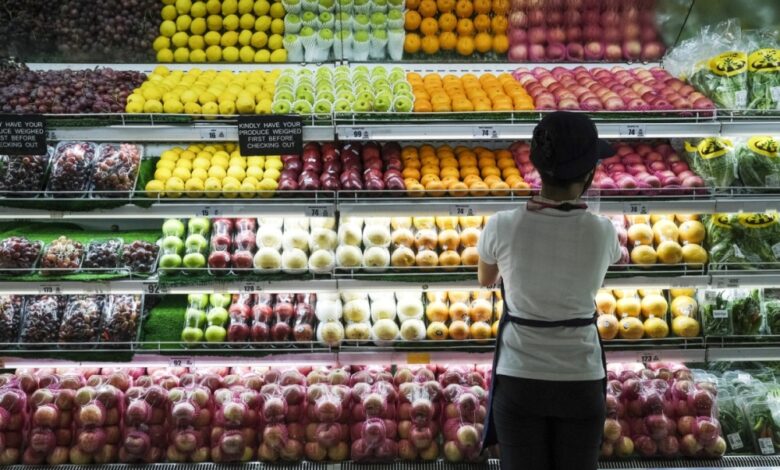
The Food and Agriculture Organization of the United Nations (FAO) reported on Friday that global food commodity prices fell in May, primarily due to significant declines in the prices of cereals, sugar, and vegetable oils.
According to the FAO’s Food Price Index — which tracks monthly changes in the international prices of a basket of the most traded food commodities — the index registered 127.7 points in May, down 0.8% from April. Although the index was 6% higher compared to the same period last year, it remained 20% below the record high reached in March 2022, following the outbreak of the Russia-Ukraine war, which disrupted global grain markets.
The Cereal Price Index dropped by 1.8% month-on-month, largely due to a steep decline in international maize prices.
The fall was attributed to abundant harvests in Argentina and Brazil, and the expectation of a record corn crop in the United States. Wheat prices also saw a decrease due to favorable crop conditions in the Northern Hemisphere.
However, rice prices rose 1.4%, supported by strong global demand for aromatic varieties and currency fluctuations.
Meanwhile, the Vegetable Oil Price Index declined by 3.7%, as prices for all major vegetable oils dropped. The Sugar Price Index also fell by 2.6%, driven by a combination of weak demand from the food and beverage industry, concerns about the global economic outlook, and optimistic projections for sugar production in the upcoming season.
In a separate cereal supply and demand report, the FAO revised its forecast for global cereal production in 2025 to a record 2.911 billion tons, up from 2.848 billion tons in its previous estimate — representing a 2.1% increase over 2024.
The figures signal improving global food supply conditions, although regional disparities and inflationary pressures continue to pose challenges.












